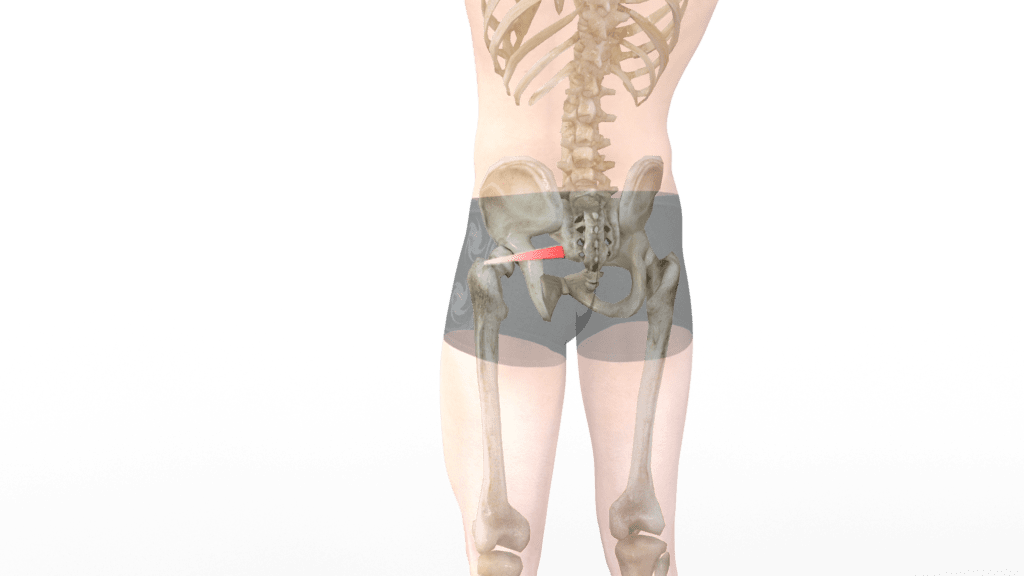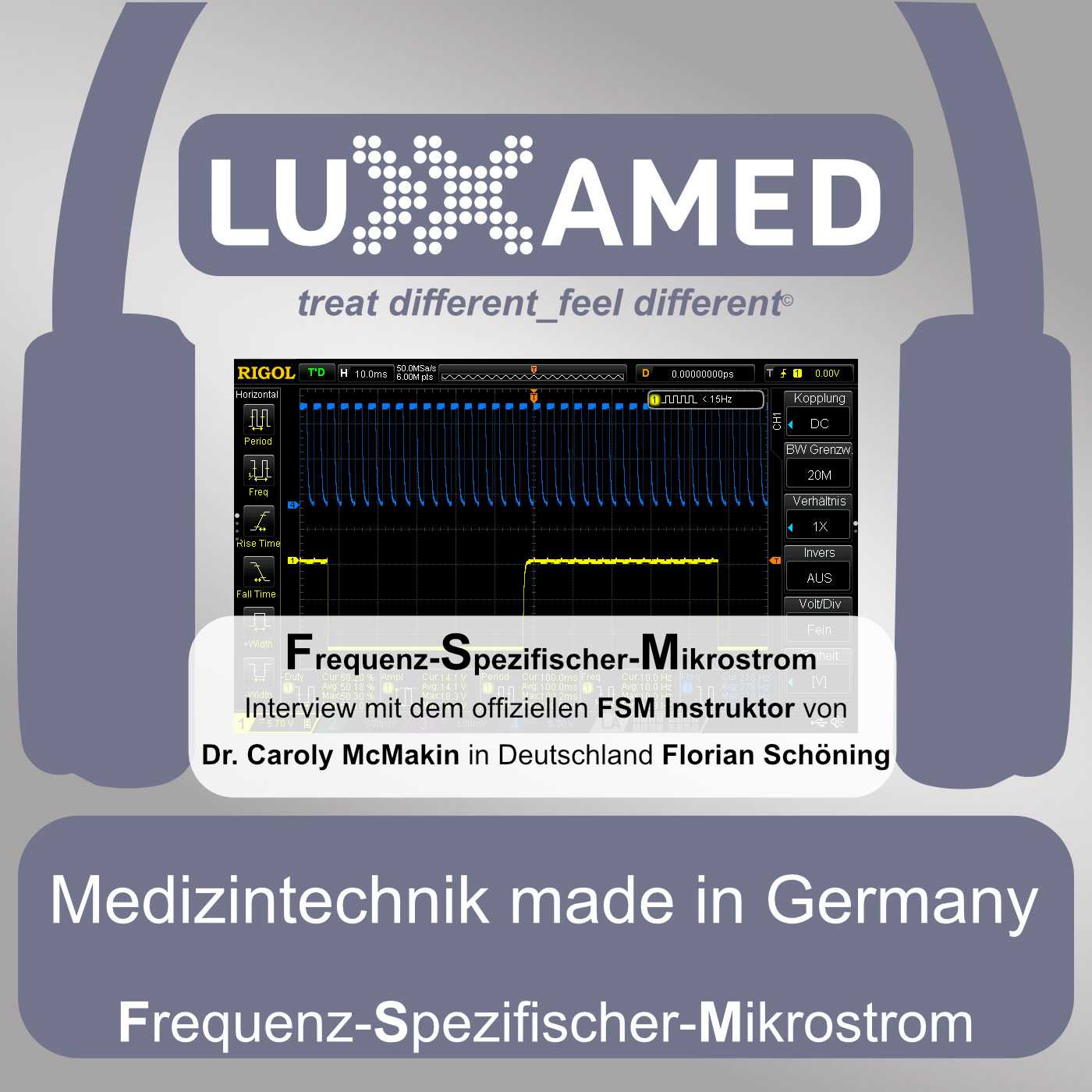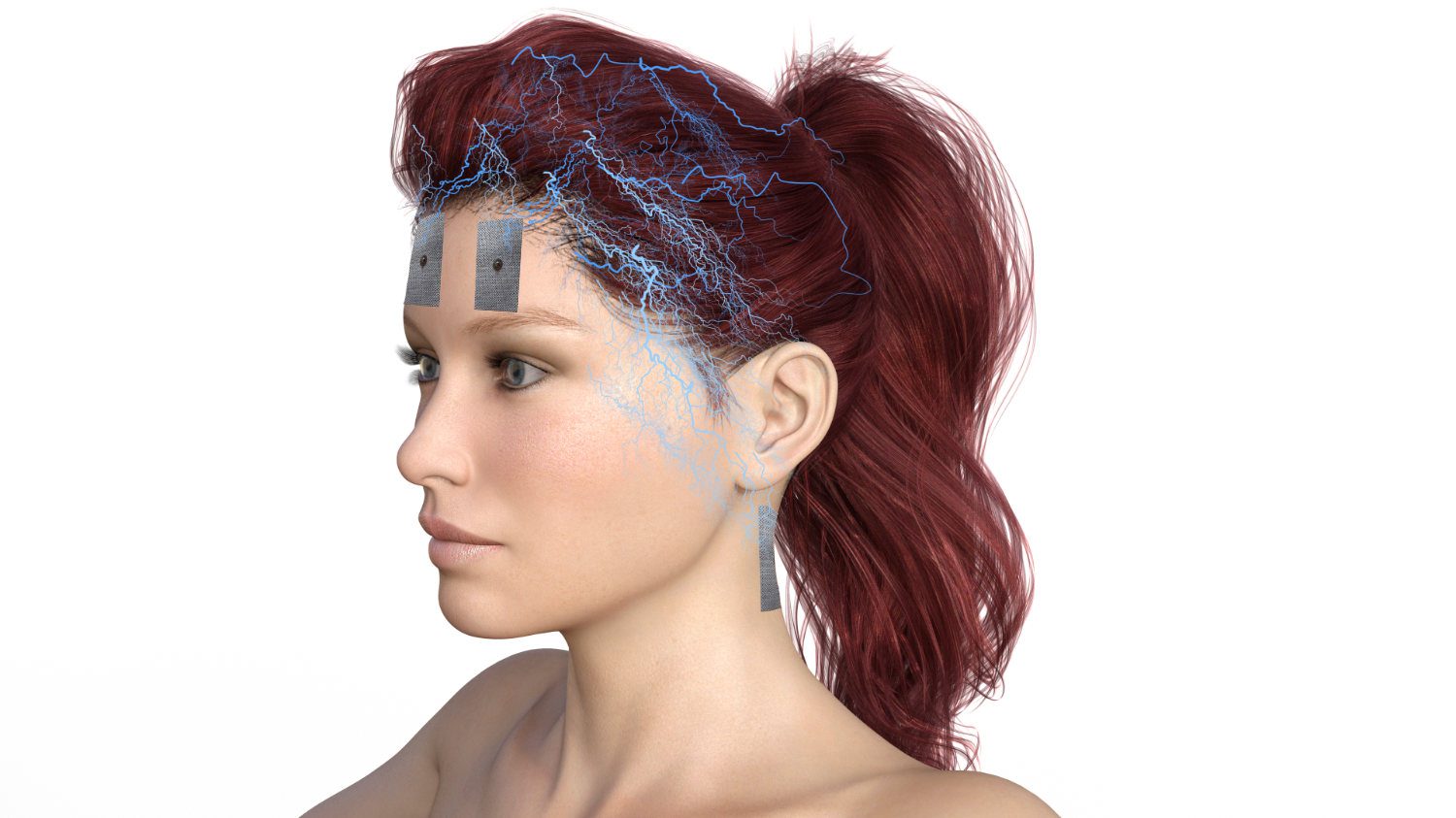Dieser Beitrag ist auch verfügbar auf:
Deutsch
Reflex muscles
Our body reacts to any ‘disturbance’ of its system with functional and thus movement restrictions; regardless of whether it is acutely occurring events such as a sports injury or long-standing stress factors.
What is the therapeutic consequence of this? Is the actual origin of a complaint located where these complaints occur? Is an acute sports injury really such an injury or is it – in the end – the logical consequence of another injury that occurred years ago and that the body has been able to compensate for well up to now? What influence do scars have on the musculoskeletal system/movement behaviour? The list of questions could be continued. The therapeutic consequence is a careful and conscientious assessment and diagnosis of the case before the therapist. This is the key to success or failure of therapy/treatment.

Reflex muscles are usually smaller muscles that act across different areas. They tend to weaken more than the surrounding larger muscles. These muscles are also characterised by a high proportion of a Golgi tendon apparatus.
With the reflex muscles, you can work both via an application of adhesive electrodes and via LED light therapy. The reflex muscles can also provide you with assistance in evaluating the pathogenesis. As a rule, the fascial apparatus of the reflex muscles reacts very quickly to the microcurrents as well as the LED light therapy. This offers the possibility of a cause-related therapy in a figurative sense. First treat the reflex muscles in the area of the primary complaints and test for example
palpation of the pain sensation and the mobility. Pay special attention to the quality of the movement, the initial and final sensation. If necessary, go through the chain of reflex muscles distally or proximally. For the fastest possible execution, use the LED light therapy for approx. 20-30 seconds per area. Select a fixed programme without a scan for this. E.g. ‘Manual therapy’.
In the following examples, we present a selection of reflex muscles that typically fit the areas of complaint. Please note that reflex muscles work in chains, so the reflex muscles of the knee joint to be treated are partly congruent with the reflex muscles of the hip, sacrum and lumbar spine. Always consider to what extent the function and thus the biomechanics are influenced by the prevailing problem and then make a decision as to which reflex muscles you start with the therapy or which reflex muscles you “incorporate” into your electrode system.
« Back to Glossary Index



